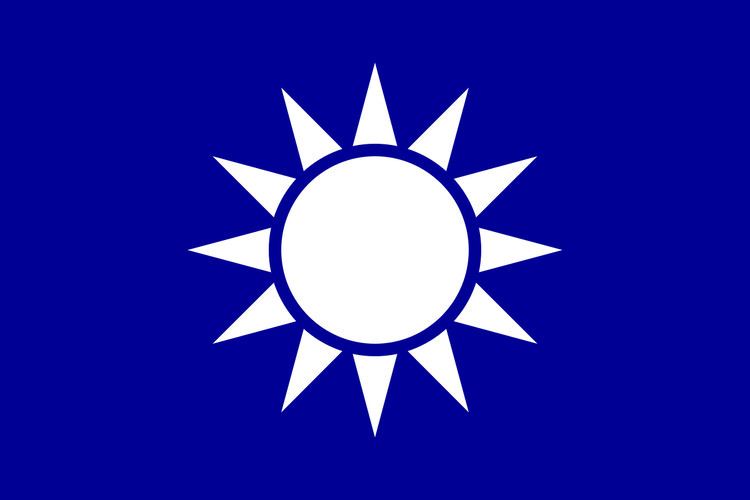Traditional Chinese 興中會 Jyutping hing1 zung1 wui6 | Hanyu Pinyin | |
 | ||
The Hsing Chung Hui or Xingzhonghui translated as the Revive China Society, Society for Regenerating China, Proper China Society was founded by Sun Yat-sen on 24 November 1894 to forward the goal of establishing prosperity for China and as a platform for future revolutionary activities. It was formed during the First Sino-Japanese War after a string of Chinese military defeats exposed Qing corruption and incompetence.
Since Sun was in exile from China at the time, the society was founded in Honolulu, Republic of Hawaii. Those admitted to the society swore the following oath:
Expel Tatar barbarians, revive Zhonghua, and establish a unified government.(驅除韃虜,恢復中華,創立合眾政府。)When Sun Yat-sen returned to Hong Kong in early 1895, he met up again with Yeung Ku-wan (President of the already existing Furen Literary Society), whom he had first met in 1891. As they both wanted to take advantage of the uneasy political situation due to the First Sino-Japanese War, on 18 February 1895, the Furen Literary Society was merged into the Revive China Society, with help from Yau Lit, a close friend of Sun and member of Furen. Yeung and Sun became the President and Secretary of the Society respectively. They disguised their activities in Hong Kong under the guise of running a business called "Kuen Hang Club" (乾亨行).
In October 1895, the Revive China Society planned to launch an uprising in Guangzhou, with Yeung directing the uprising in Hong Kong where funds and training location were provided by Li Ki-tong. However, plans were leaked out and more than 70 members, including Lu Haodong, a schoolboy friend of Sun Yat-sen, were captured by the Qing government.
Under pressure from the Qing government in mainland China, the British colonial authorities in Hong Kong forced Yeung and Sun Yat-sen to leave, barring them from entering Hong Kong over the next five years. Yeung travelled to Johannesburg, South Africa, via Singapore and later to Japan, where he stayed from 1896–1899, to expand the Revive China Society and spread its ideas. It was later merged into the Tongmenghui, which in turn became the Kuomintang (KMT).
